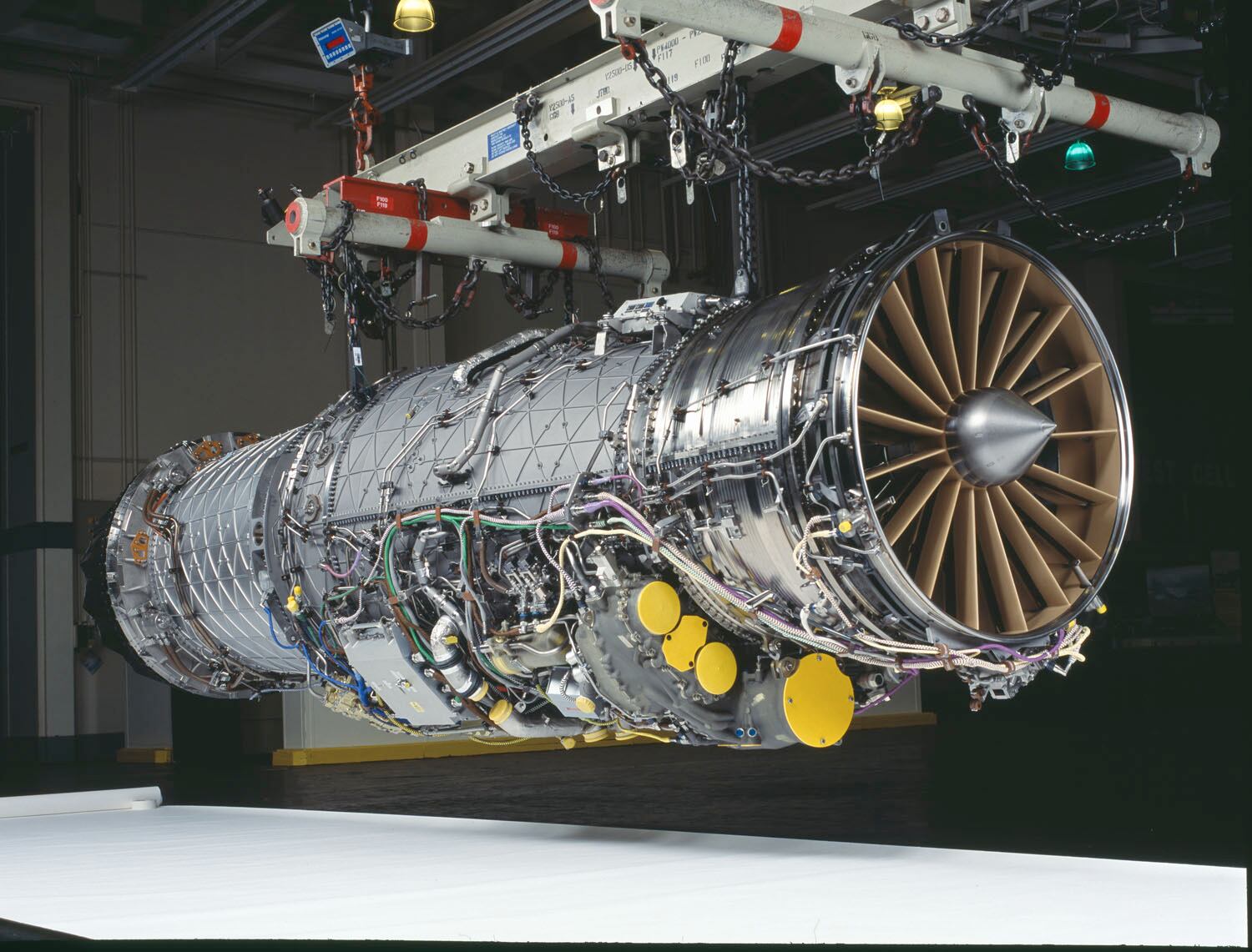WASHINGTON — Pratt & Whitney has wrapped up key tests of an adaptive three-stream fan — a critical step forward for engine technology that could power the Air Force’s future fighter jet.
As part of the Air Force Research Laboratory’s adaptive engine transition program, or AETP, Pratt and General Electric are developing engines with a third stream of air that can be adjusted to optimize performance of the system.
Most military turbofan engines have only two airstreams, but including an additional, adaptive airstream will give the engine the option to increase its thrust on demand or lower its fuel consumption, the company explained in a news release.
During tests at Arnold Air Force Base in Tullahoma, Tennessee, Pratt demonstrated its three-stream fan in an engine with an F135 core, the company announced Monday. The F135 was designed to power the F-35 joint strike fighter. Later this year, the company plans to evaluate a new high-efficiency engine core as part of continued AETP development efforts.
RELATED

“Preliminary data from the test indicates our three-stream fan has met or exceeded expectations with respect to performance as well as the integrity of the turbofan machinery and fan module,” said Matthew Bromberg, the company’s president of military engines.
“This is an important milestone on the path toward the advancement and maturation of a next generation adaptive engine which will enable the warfighter to stay well ahead of future and emerging threats.”
GE and Pratt were each awarded $1 billion contracts for AETP last June to continue development of their respective engines. The goal of the program is to produce engines that cut fuel consumption by 25 percent and improve thrust by at least 10 percent when compared to current fifth generation engines like the F135 or the F119 used in the F-22.
It is expected that the AETP will drive requirements for the engine that will power the Air Force’s next fighter jet, called Penetrating Counter Air.
Valerie Insinna is Defense News' air warfare reporter. She previously worked the Navy/congressional beats for Defense Daily, which followed almost three years as a staff writer for National Defense Magazine. Prior to that, she worked as an editorial assistant for the Tokyo Shimbun’s Washington bureau.






